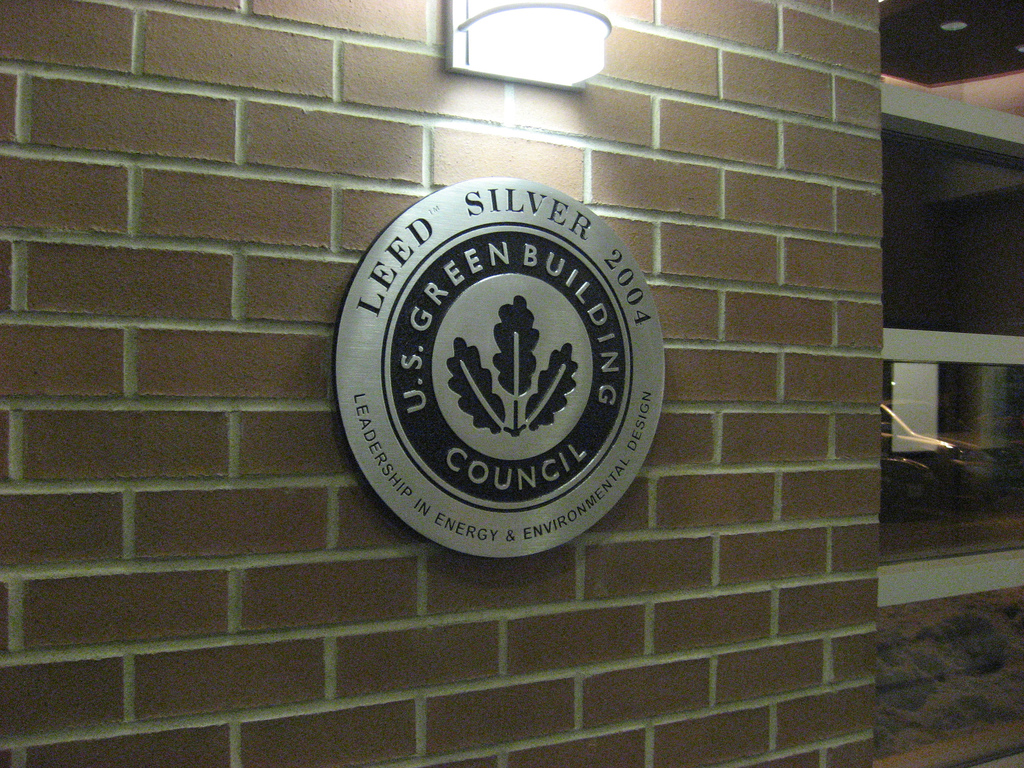The U.S. Green Building Council (USGBC) unveiled a new governance structure with two leadership bodies.
An advisory council has been added to the organization to set policy in conjunction with the board of directors. This arrangement will be implemented in 2016.
“By having both a Board of Directors and an Advisory Council, we increase our ability to meet the challenges of a complex business environment,” said Rick Fedrizzi, CEO and founding chair, USGBC. “The individuals on our new board bring a unique perspective and unparalleled industry expertise that will allow us to navigate the changing global business landscape. And our Advisory Council members will provide deep market knowledge and technical expertise ...”
The Advisory Council will recommend policy and initiatives to the board. The board retains the legal authority to make policy, direct staff, and the ultimate fiduciary responsibility and liability for the advancement of USGBC’s business and mission.
USGBC’s membership elected the following individuals to serve as directors, effective Jan. 1, 2016:
- Bob Fox, Partner, COOKFOX Architects and Terrapin Bright Green (three-year term)
- Mike McNally, Principal, McNally Green, and retired President and CEO, Skanska USA (three-year term)
- Chrissa Pagitsas, Director, Green Initiative, Fannie Mae (two-year term)
- Janine Benyus, Partner and Cofounder, Biomimicry 3.8 (two-year term)
- Paul Anastas, PhD., Director, Center for Green Chemistry and Green Engineering, Yale University (1 year term)
- Aaron Bernstein, M.D., M.P.H., Associate Director, Center for Health and the Global Environment, Harvard Chan School of Public Health (one-year term)
- Bruce Oreck, Executive in Residence, Aalto University and former U.S. Ambassador to Finland (one-year term)
These directors will join Fiona Cousins and Rick Fedrizzi (ex officio) on the 2016 USGBC Board. The currently serving members of the USGBC Board of Directors will transition to seats on the Advisory Council, joining newly elected council members.
Related Stories
Green | Jul 8, 2024
Global green building alliance releases guide for $35 trillion investment to achieve net zero, meet global energy transition goals
The international alliance of UK-based Building Research Establishment (BRE), the Green Building Council of Australia (GBCA), the Singapore Green Building Council (SGBC), the U.S. Green Building Council (USGBC), and the Alliance HQE-GBC France developed the guide, Financing Transformation: A Guide to Green Building for Green Bonds and Green Loans, to strengthen global cooperation between the finance and real estate sectors.
Sustainability | Jul 1, 2024
Amazon, JPMorgan Chase among companies collaborating with ILFI to advance carbon verification
Four companies (Amazon, JPMorgan Chase, JLL, and Prologis) are working with the International Living Future Institute to support development of new versions of Zero Carbon Certification.
Sustainability | Jun 24, 2024
CBRE to use Climate X platform to help clients calculate climate-related risks
CBRE will use risk analysis platform Climate X to provide climate risk data to commercial renters and property owners. The agreement will help clients calculate climate-related risks and return on investments for retrofits or acquisitions that can boost resiliency.
Building Technology | Jun 18, 2024
Could ‘smart’ building facades heat and cool buildings?
A promising research project looks at the possibilities for thermoelectric systems to thermally condition buildings, writes Mahsa Farid Mohajer, Sustainable Building Analyst with Stantec.
University Buildings | Jun 18, 2024
UC Riverside’s new School of Medicine building supports team-based learning, showcases passive design strategies
The University of California, Riverside, School of Medicine has opened the 94,576-sf, five-floor Education Building II (EDII). Created by the design-build team of CO Architects and Hensel Phelps, the medical school’s new home supports team-based student learning, offers social spaces, and provides departmental offices for faculty and staff.
Codes and Standards | Jun 17, 2024
Federal government releases national definition of a zero emissions building
The U.S. Department of Energy has released a new national definition of a zero emissions building. The definition is intended to provide industry guidance to support new and existing commercial and residential buildings to move towards zero emissions across the entire building sector, DOE says.
Green | Jun 11, 2024
Tool helps construction and renovation projects with CalGreen compliance
One Click LCA recently launched a new software tool to help building teams comply with Part 11, Title 24, of the California Code of Regulations—CALGreen. The regulation is the nation’s first state-mandated green building code to include embodied carbon emission control as a mandatory component, effective from July 1, 2024.
Mass Timber | May 31, 2024
Mass timber a big part of Western Washington University’s net-zero ambitions
Western Washington University, in Bellingham, Wash., 90 miles from Seattle, is in the process of expanding its ABET-accredited programs for electrical engineering, computer engineering and science, and energy science. As part of that process, the university is building Kaiser Borsari Hall, the 54,000-sf new home for those academic disciplines that will include teaching labs, research labs, classrooms, collaborative spaces, and administrative offices.
MFPRO+ New Projects | May 29, 2024
Two San Francisco multifamily high rises install onsite water recycling systems
Two high-rise apartment buildings in San Francisco have installed onsite water recycling systems that will reuse a total of 3.9 million gallons of wastewater annually. The recycled water will be used for toilet flushing, cooling towers, and landscape irrigation to significantly reduce water usage in both buildings.
MFPRO+ News | May 28, 2024
ENERGY STAR NextGen Certification for New Homes and Apartments launched
The U.S. Environmental Protection Agency recently launched ENERGY STAR NextGen Certified Homes and Apartments, a voluntary certification program for new residential buildings. The program will increase national energy and emissions savings by accelerating the building industry’s adoption of advanced, energy-efficient technologies, according to an EPA news release.

















